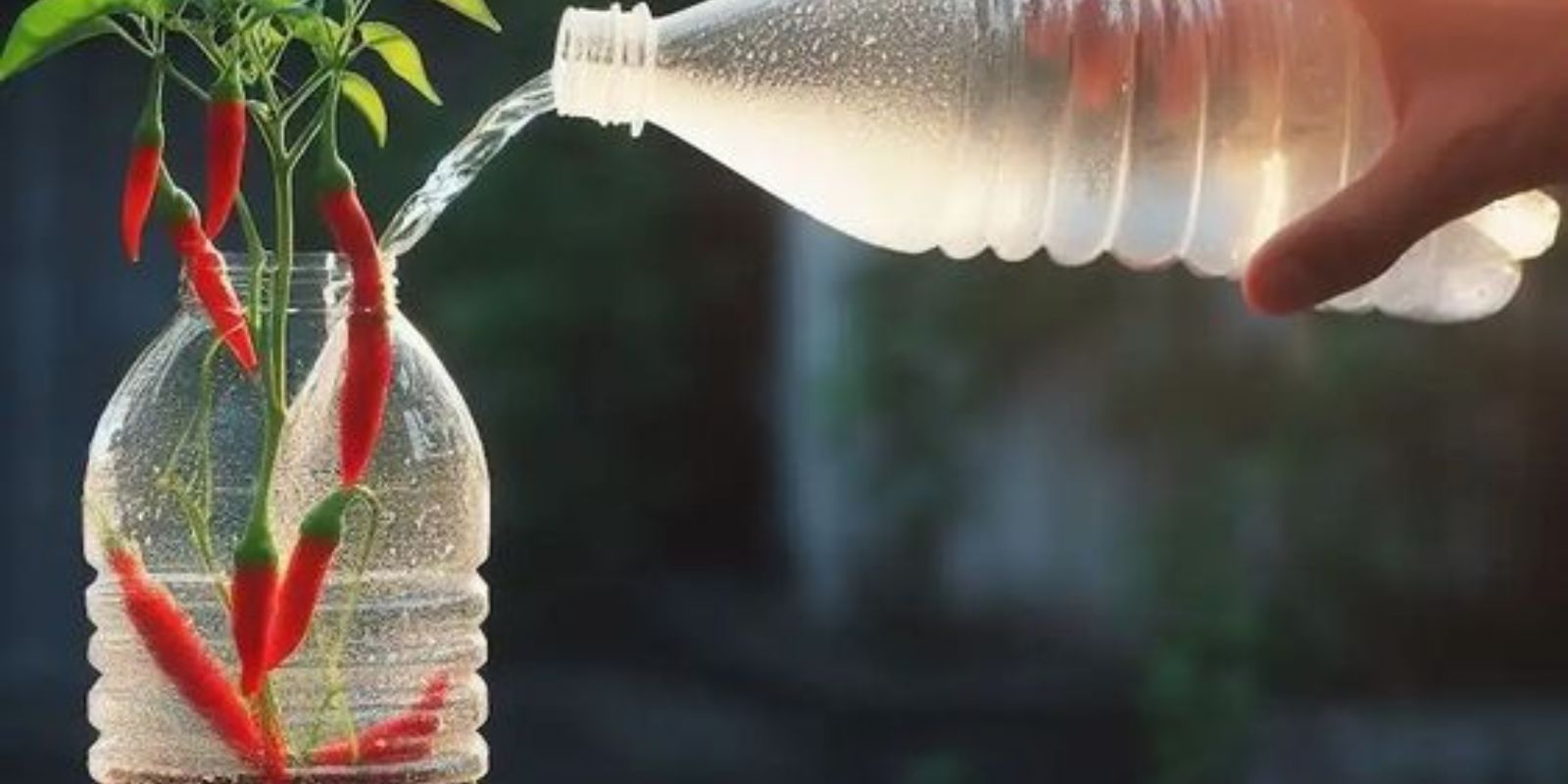Introduction
Growing peppers at home is a rewarding experience that can transform your garden into a vibrant and productive space. Whether you’re interested in sweet bell peppers, fiery chili peppers, or any other variety, knowing how to cultivate these vegetables effectively can lead to a plentiful harvest. This guide will walk you through the essential steps and tips to grow peppers successfully in your own backyard or on your balcony. With the right techniques and a bit of patience, you can enjoy home-grown peppers that are fresh, flavorful, and ready for your culinary creations.
Choosing the Right Pepper Varieties
The first step in growing peppers at home is selecting the right varieties for your climate and taste preferences. Peppers come in a wide range of types, from sweet bell peppers to hot chili peppers. Consider the following factors when choosing your pepper varieties:
- Climate Suitability: Peppers generally thrive in warm climates with plenty of sunlight. Choose varieties that are well-suited to your local climate and growing season.
- Space and Container Size: Some pepper varieties grow taller and larger than others. If you’re growing peppers in containers or have limited space, opt for compact or dwarf varieties.
- Flavor Preferences: Decide whether you want sweet, mildly spicy, or hot peppers. Your choice will affect how you use them in your cooking and how you care for them.
Starting Seeds Indoors
To give your peppers a head start, it’s best to start the seeds indoors. This method extends the growing season and helps ensure that your plants are strong and healthy by the time they are ready to be moved outside.
- Timing: Begin planting your pepper seeds indoors 8-10 weeks before the last expected frost date in your area. This timing allows the seedlings to mature and be ready for transplanting once the weather warms up.
- Seed Trays and Soil: Use seed trays or small pots filled with seed-starting mix. Ensure the soil is well-draining and has a light texture to support seedling growth.
- Sowing Seeds: Plant the pepper seeds about 1/4 inch deep in the soil. Water gently to moisten the soil without making it soggy. Cover the trays with plastic or a clear dome to create a greenhouse effect, which helps with germination.
- Light and Temperature: Place the seed trays in a warm location with temperatures between 70-80°F (21-27°C). Once the seeds germinate, provide them with 6-8 hours of bright, indirect light daily, using grow lights if necessary.
Transplanting Seedlings
Once your pepper seedlings have grown strong and are ready for transplanting, follow these steps to ensure a smooth transition to their permanent growing location:
- Preparing the Site: Choose a sunny location with well-draining soil. Peppers require at least 6-8 hours of sunlight each day. If you’re growing them in containers, select pots that are at least 12 inches in diameter to allow ample room for root growth.
- Hardening Off: Before transplanting, gradually acclimate your seedlings to outdoor conditions by placing them outside for a few hours each day. This process, known as hardening off, helps the plants adjust to their new environment.
- Planting: Dig holes that are slightly larger than the root balls of your seedlings. Space the plants 18-24 inches apart to allow for their full growth. Gently place each seedling in a hole, cover with soil, and water thoroughly.
Caring for Pepper Plants
Proper care is essential for a successful pepper harvest. Here are key tips to keep your pepper plants healthy and productive:
- Watering: Keep the soil consistently moist but not waterlogged. Peppers prefer even moisture levels, so water regularly and avoid letting the soil dry out completely. Use mulch to help retain soil moisture and suppress weeds.
- Fertilizing: Peppers benefit from balanced fertilization. Apply a general-purpose fertilizer every 4-6 weeks, following the package instructions for the correct dosage. Avoid excessive nitrogen, as it can lead to lush foliage but fewer fruits.
- Supporting Plants: As pepper plants grow, they may need support to prevent them from bending or breaking. Use stakes or cages to help the plants stay upright and support the weight of the developing peppers.
- Pest and Disease Management: Regularly inspect your pepper plants for signs of pests such as aphids, spider mites, or whiteflies. Also, watch for diseases like blossom end rot or powdery mildew. Address any issues promptly using organic or chemical controls as needed.
Harvesting Peppers
Harvesting your peppers at the right time is crucial for enjoying their full flavor and quality:
- Timing: Peppers are typically ready to harvest when they have reached their full size and color. Sweet peppers are usually harvested when they are fully ripe and have developed their characteristic color, while hot peppers can be picked when they have turned from green to their mature color.
- Method: Use sharp scissors or pruners to cut the peppers from the plant, leaving a small stem attached. Avoid pulling or twisting the peppers, as this can damage the plant.
Conclusion
Growing peppers at home is a gratifying endeavor that can yield a bountiful and flavorful harvest. By choosing the right varieties, starting seeds indoors, and providing proper care, you can cultivate healthy and productive pepper plants. With these tips and techniques, you’ll be well on your way to enjoying fresh, home-grown peppers that add a delicious touch to your meals. Embrace the joy of gardening and savor the rewards of your own pepper harvest. 🌶️🏡

